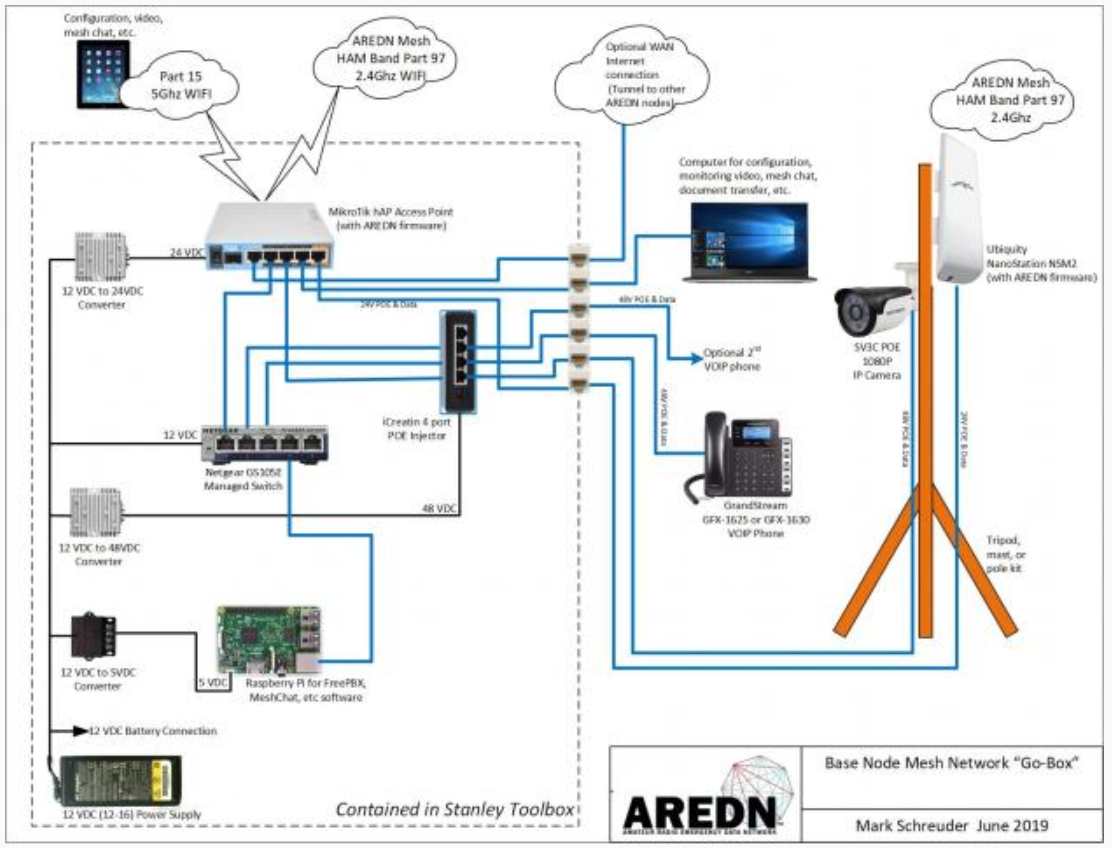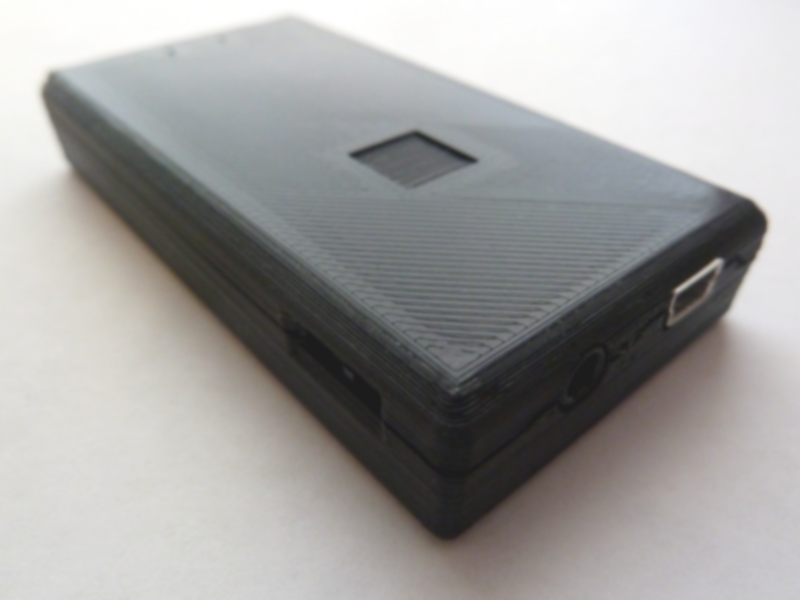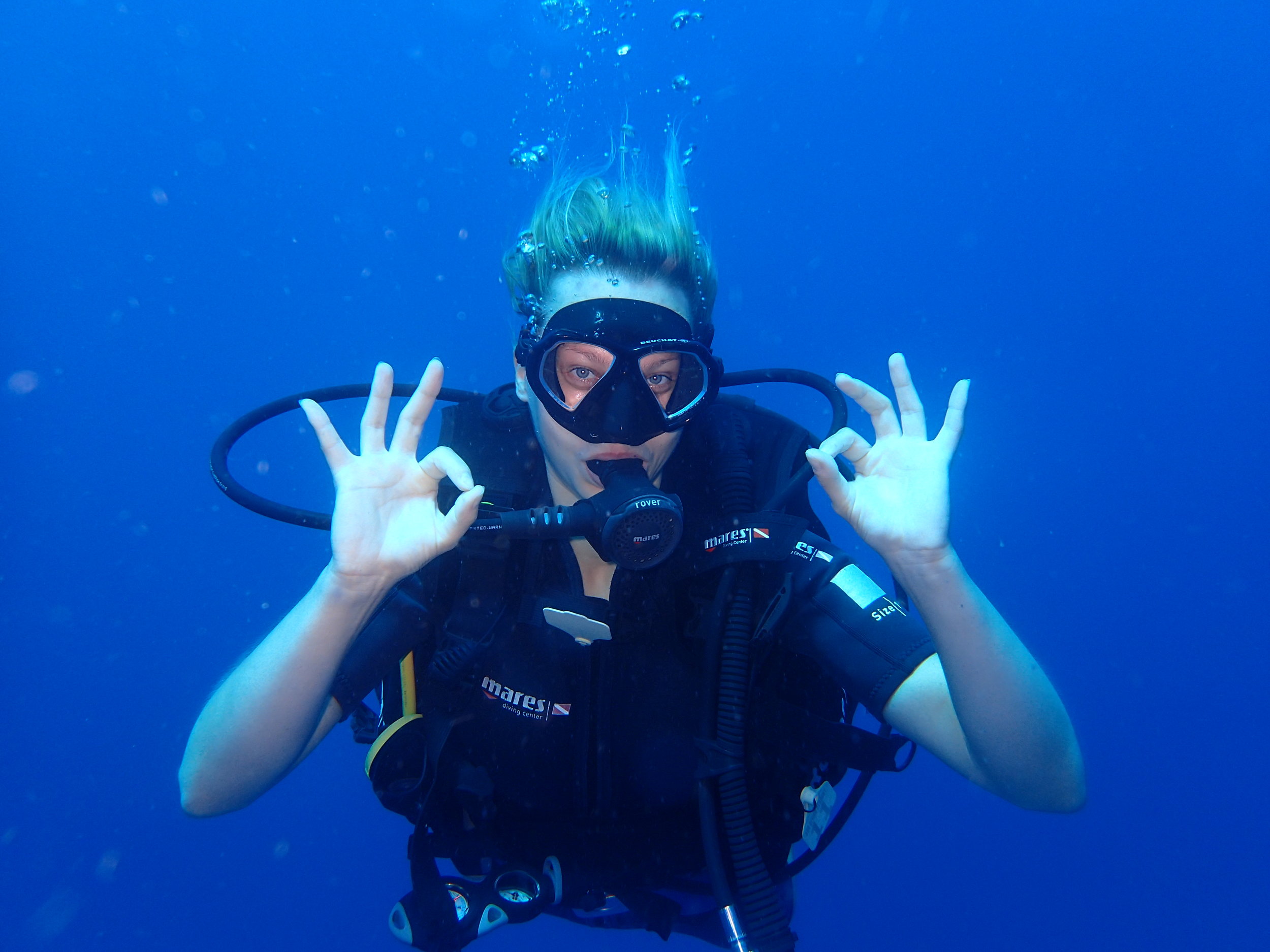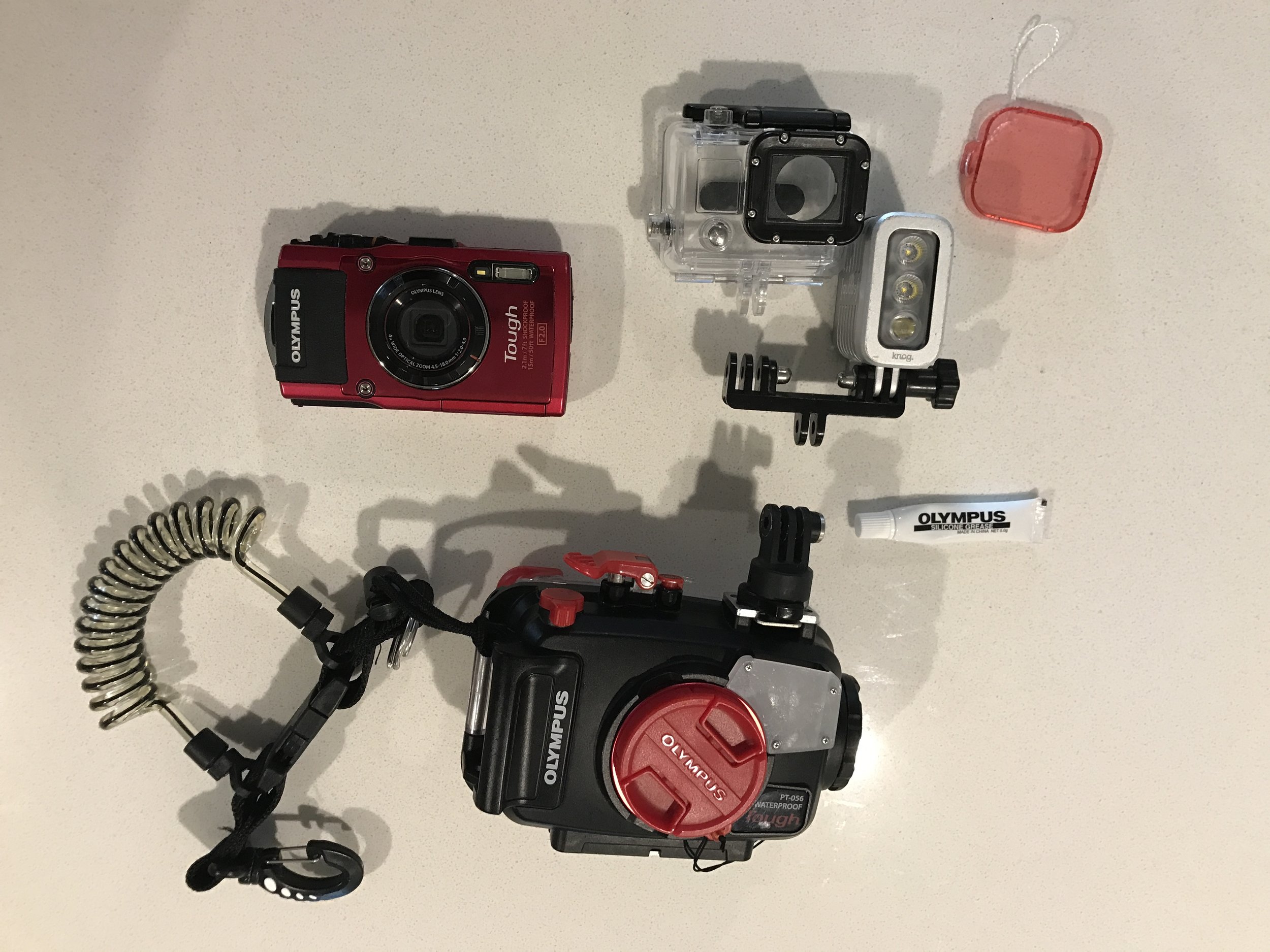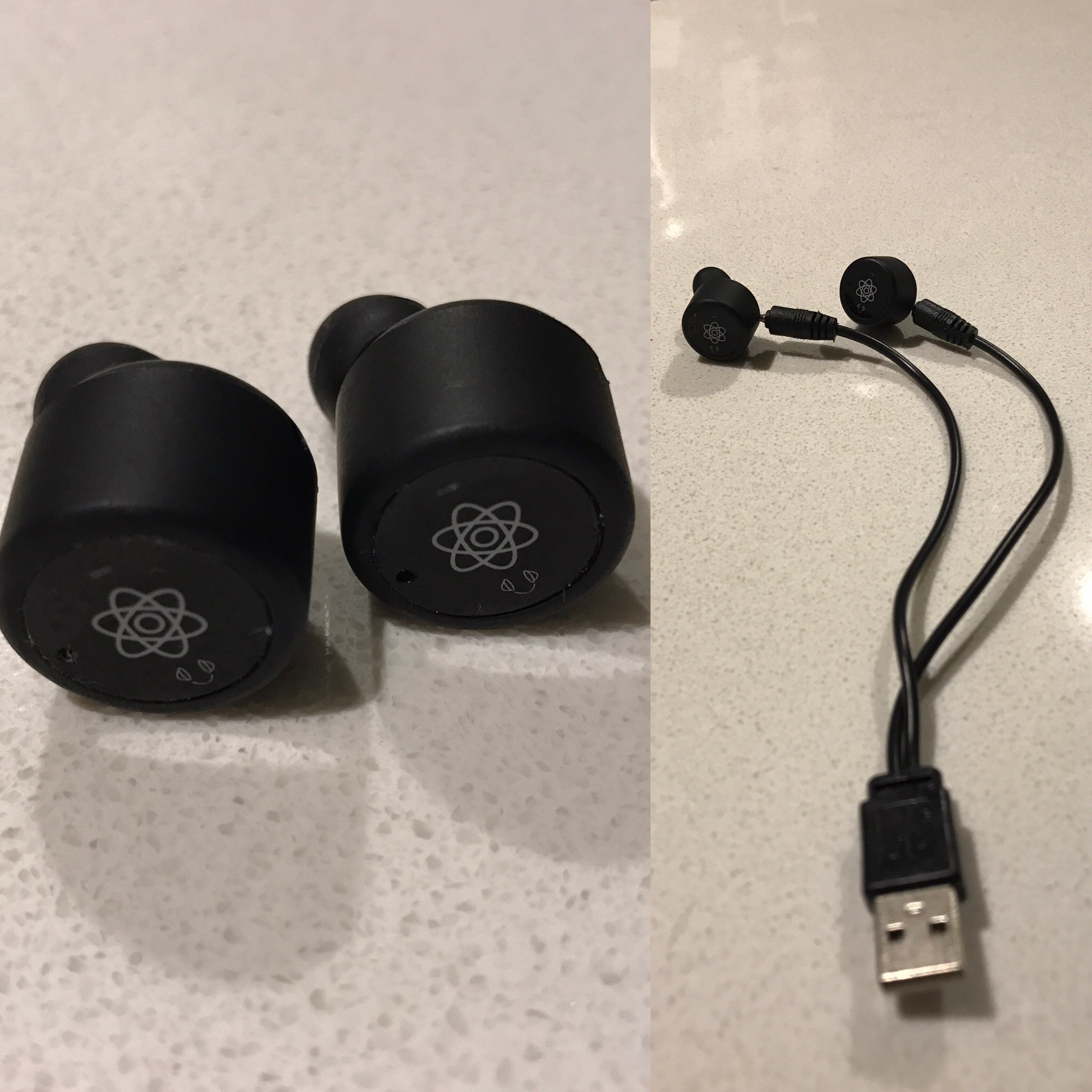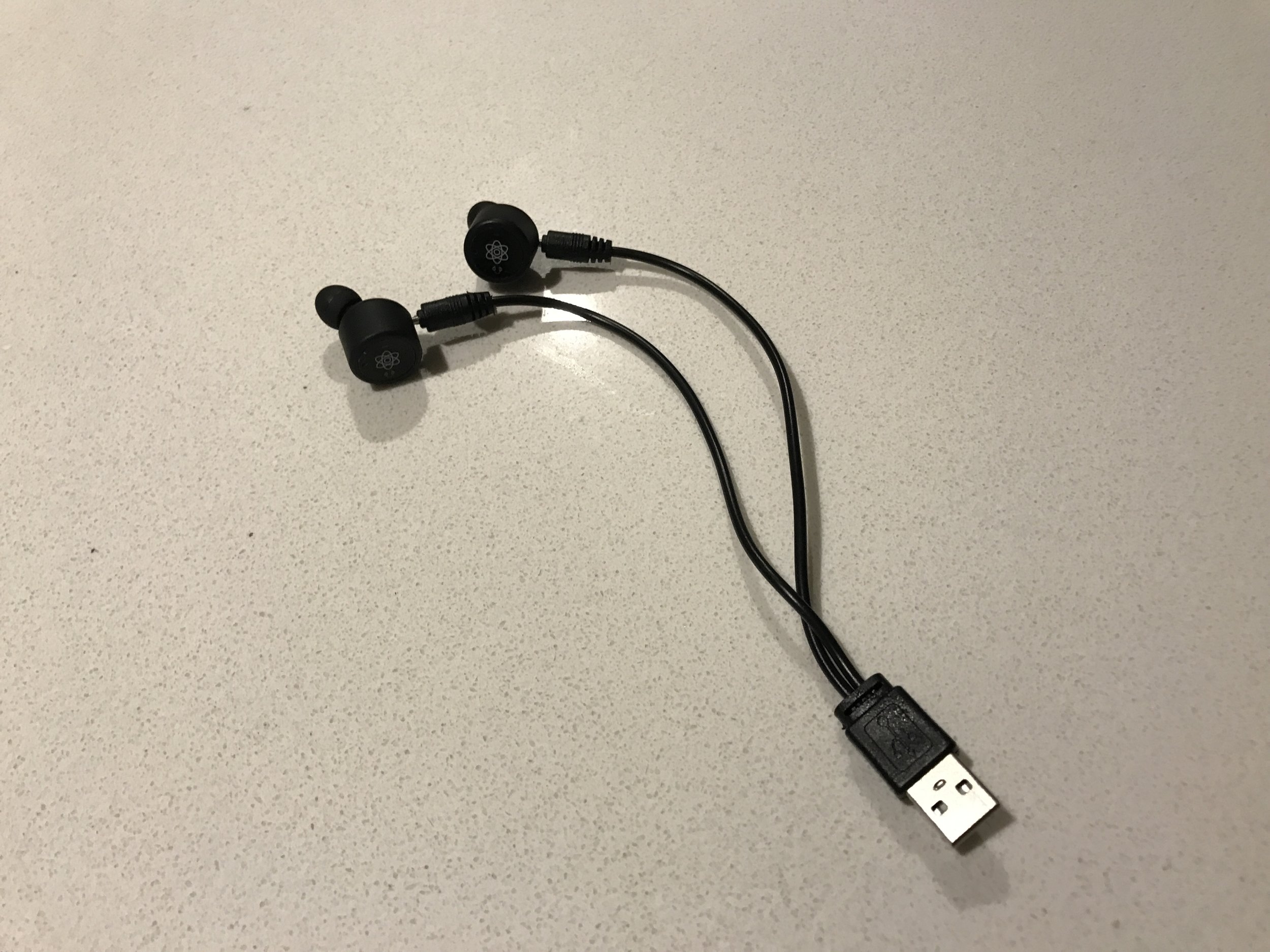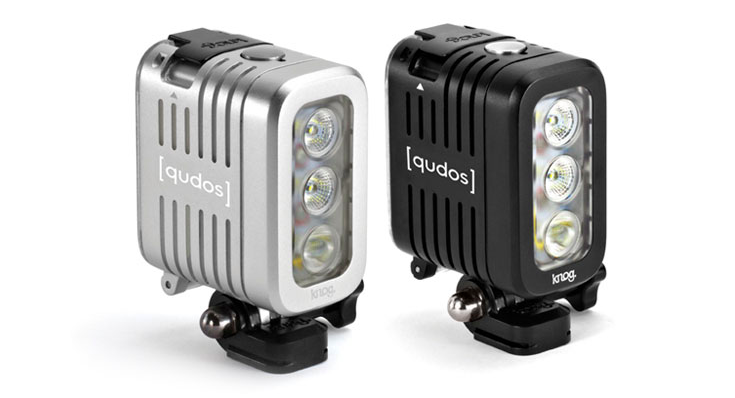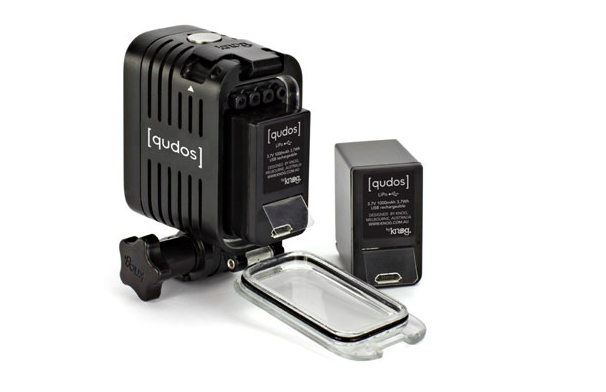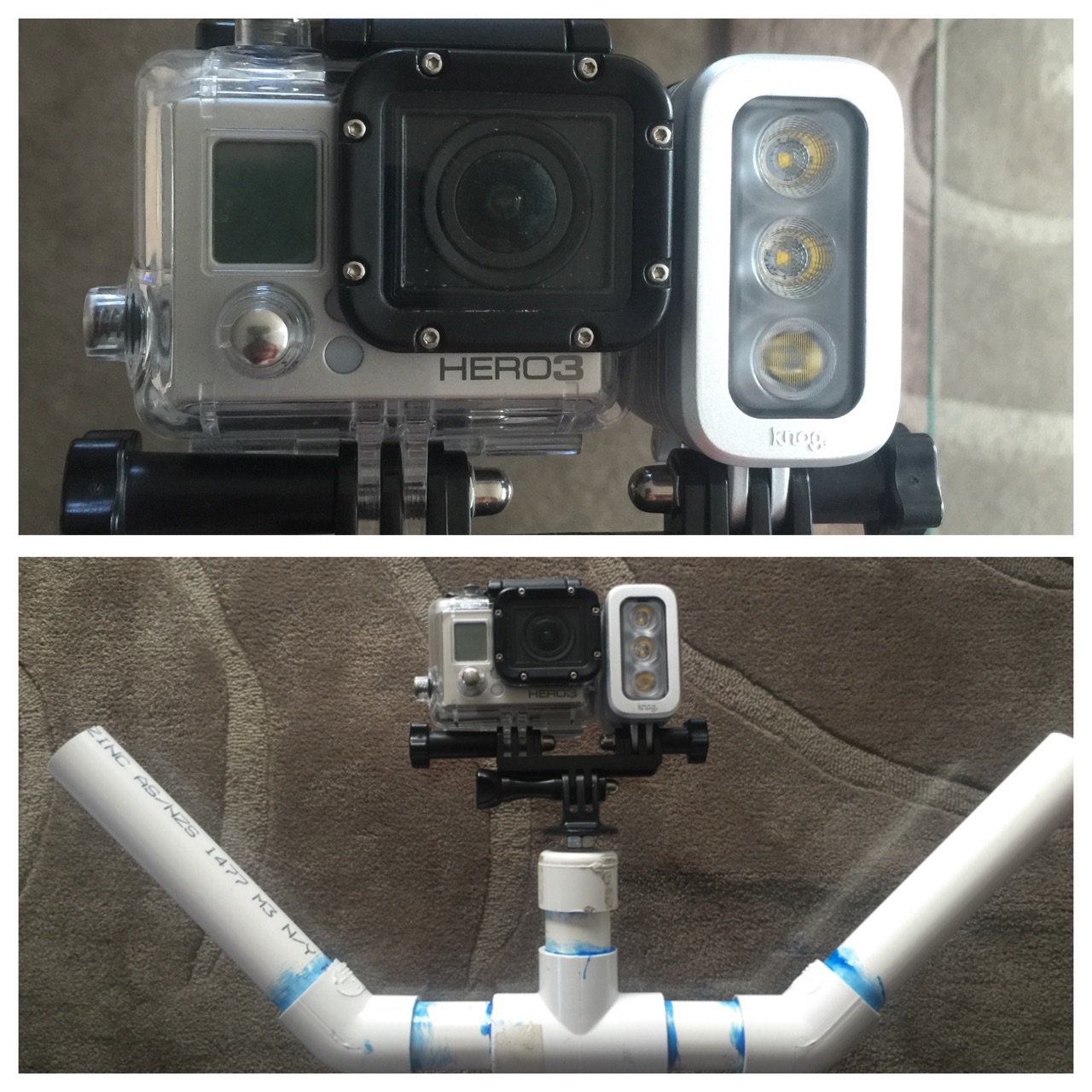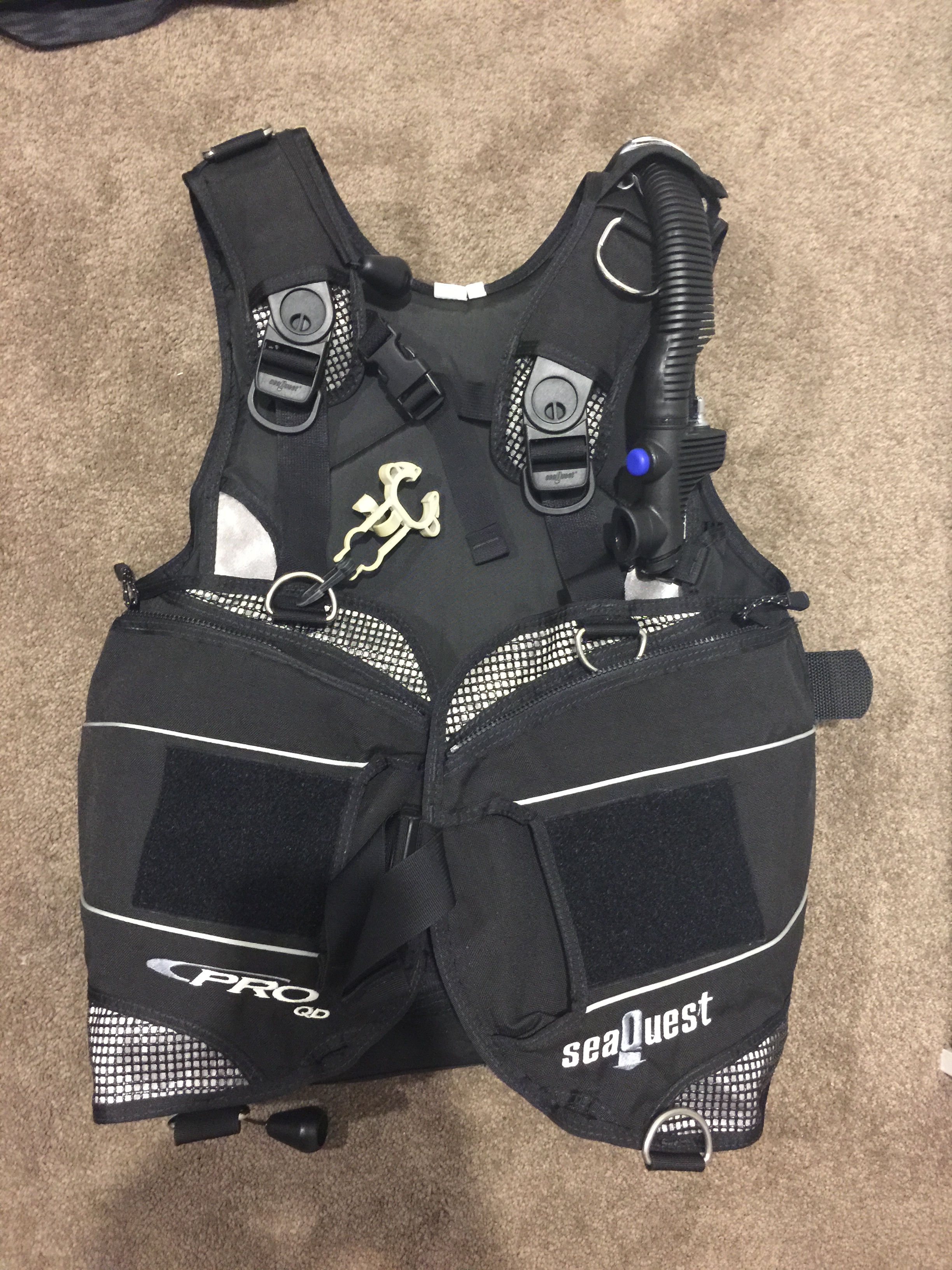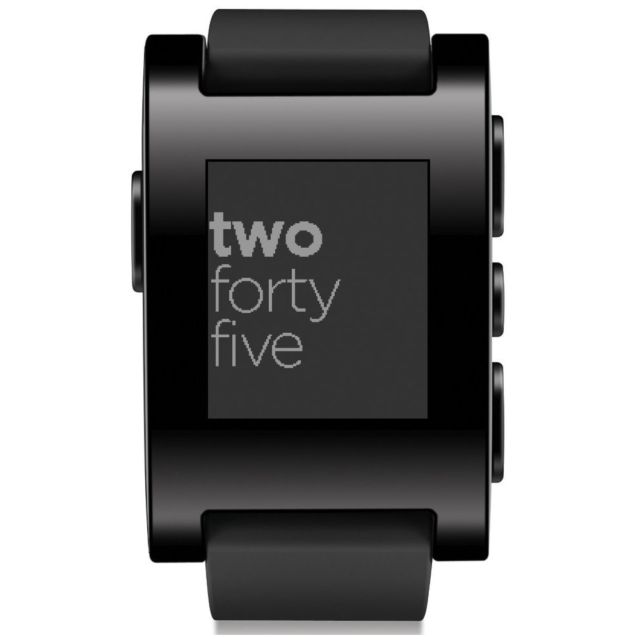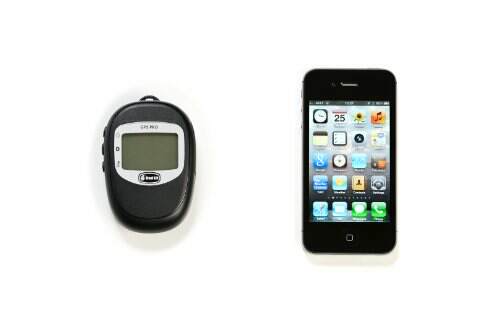Making Home Automation Smarter: My Journey with D1 Minis and BMP280 Sensors
/Making Home Automation Smarter: My Journey with D1 Minis and BMP280 Sensors
Introduction
Home automation is an incredible rabbit hole of possibilities, and one of my favourite recent projects has been setting up D1 Mini microcontrollers with BMP280 sensors to monitor temperature and humidity around my home. These tiny, affordable devices have completely changed the way I track environmental data—and they look great in custom 3D-printed cases!
If you’re into smart home tech or just enjoy tinkering, these sensors are an excellent addition to your setup.
Why I Chose D1 Minis and BMP280 Sensors
When I started looking for a way to monitor temperature and humidity throughout my home, I wanted something that was:
Affordable: No need to spend big bucks on proprietary sensors.
Customizable: I wanted the flexibility to tweak the setup for my needs.
Home Assistant Friendly: Integration with Home Assistant was non-negotiable.
Enter the D1 Mini and BMP280 sensor combo! These devices are small, reliable, and easy to work with, ticking all the boxes.
Setting Them Up
The process of getting these sensors up and running was straightforward—just a bit of wiring, flashing ESPHome onto the D1 Minis, and adding them to Home Assistant. For anyone wanting detailed instructions, the ESPHome documentation for the BMP280 sensor is an excellent resource: ESPHome BMP280 Sensor Instructions.
In no time, I had a real-time dashboard showing temperature and humidity in multiple rooms.
But the fun didn’t stop there. I decided to step it up a notch with 3D-printed cases to protect the sensors and make them look polished. Designing the cases was a fun challenge, ensuring proper ventilation for accurate readings while keeping everything compact and stylish.
What Makes Them So Cool?
Here’s why I’m loving these little sensors:
Accuracy: The BMP280 provides precise and reliable readings, which is perfect for tracking microclimates within my home.
Customization: With ESPHome, I can fine-tune update intervals, thresholds, and even add automations based on the data.
Scalability: Need more sensors? Just flash another D1 Mini and drop it into the network—easy!
Aesthetic Appeal: The 3D-printed cases give them a professional look. I’ve printed mine in various colors to match the rooms they’re in.
Visualizing the Data
The real power of these sensors comes from the data they provide. By integrating them with my Home Assistant setup, I can monitor environmental conditions in real-time and over longer periods. Here are some snapshots from my setup:
System Overview: A quick glance at temperature and humidity levels across multiple rooms.
Temperature Graphs Over Time: Trends and patterns in room temperature, visualized in Home Assistant.
Pictures will be included here to showcase both the raw data from Home Assistant and how it’s displayed in the interface.
These insights have been invaluable for optimizing my home’s comfort and efficiency.
The Real Impact
These sensors have been a game-changer. From monitoring humidity in my bathroom (to prevent mold) to keeping tabs on the temperature in my office for optimal working conditions, they’ve added a new layer of convenience to my smart home.
I’ve even set up automations like:
Adjusting my HVAC system based on room conditions.
Sending alerts if humidity spikes unexpectedly.
Turning on fans in certain areas when temperatures rise.
Final Thoughts
If you’re into home automation or DIY electronics, I can’t recommend D1 Minis and BMP280 sensors enough. They’re affordable, versatile, and endlessly customizable. Plus, with Home Assistant and ESPHome, managing them is a breeze. For more detailed setup guidance, don’t forget to check out the ESPHome BMP280 Sensor Instructions.
Do you use similar sensors? Or have other creative home automation projects? Share your ideas and experiences in the comments below—I’d love to hear about them!
















